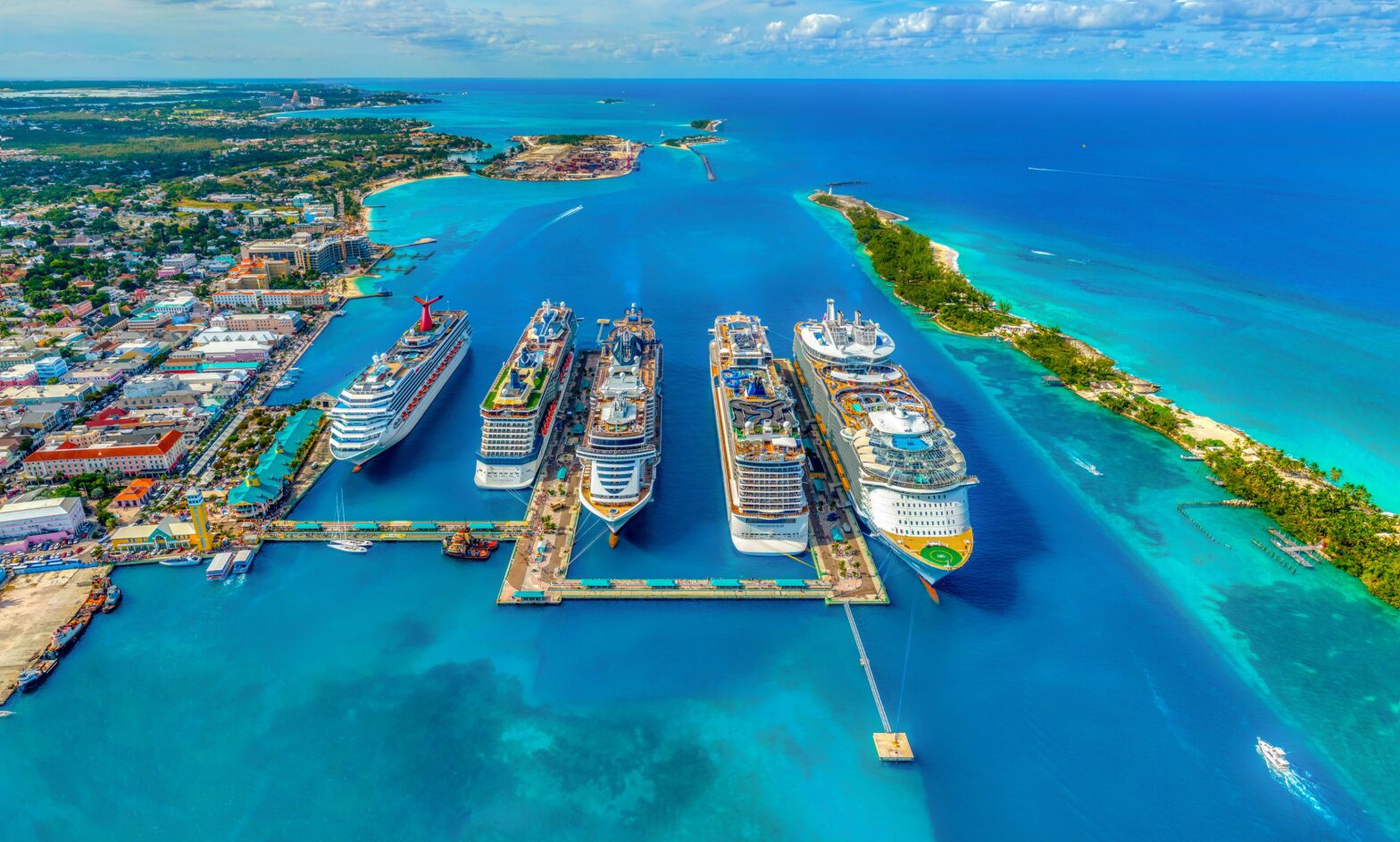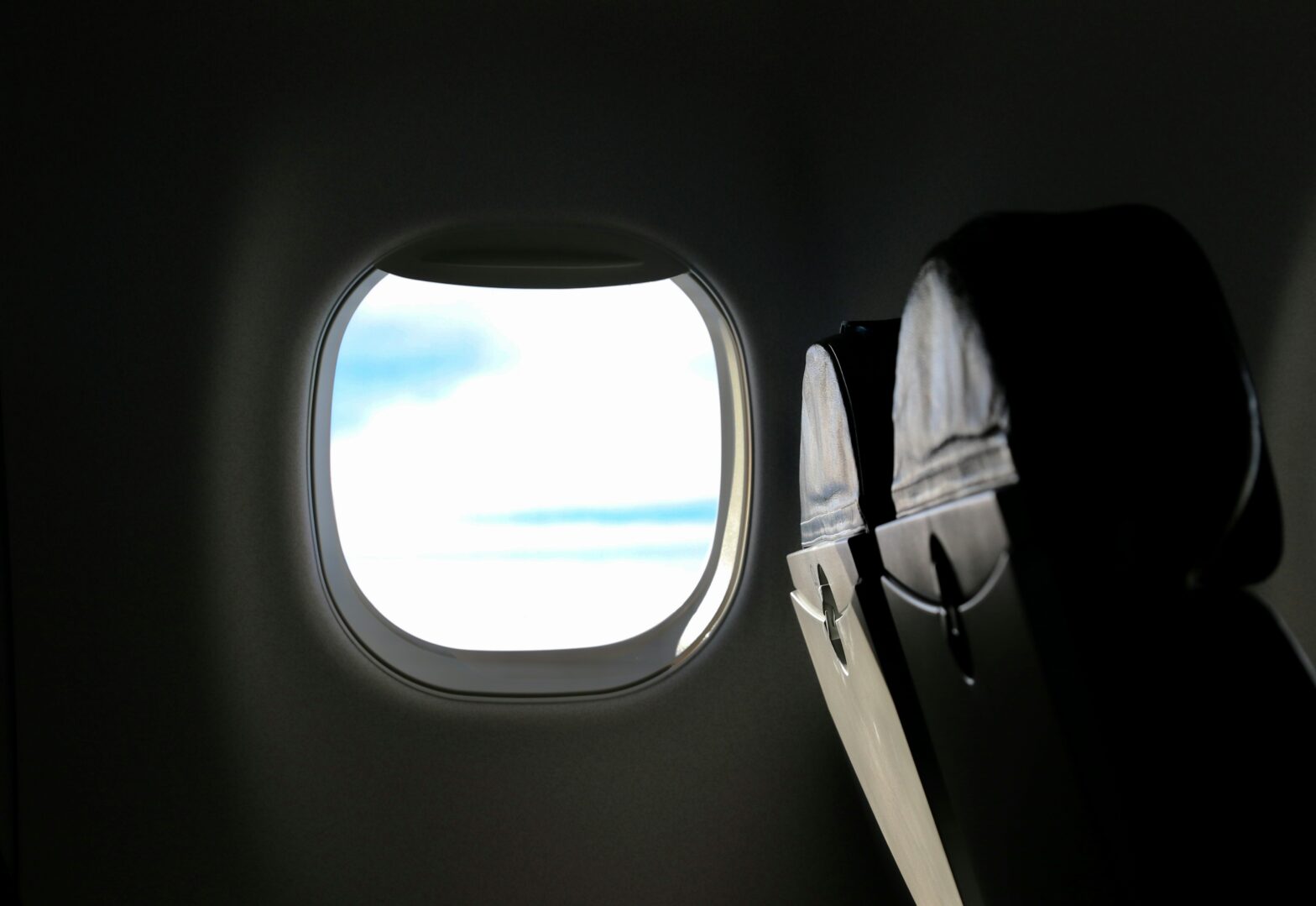Who wins in the debate: modern cruise ship vs titanic? Most people associate the Titanic with a gigantic cruise ship, but even though it was the biggest passenger liner in the world in 1912, the Titanic was actually much smaller than modern-day cruise ships. Modern cruise ships are often 1,000 feet long; at 882 feet long, the Titanic ship was dwarfed by larger ships by height and beam.
The largest cruise ship in the world, Royal Caribbean‘s Icon of the Seas, with a gross tonnage (GT) of 248,663, sailed from the US port of Miami on January 27, 2024. Advancements in technology, safety regulations, and design have transformed the cruise industry and today’s modern cruise ships offer unparalleled luxury, comfort, and safety features, making them vastly different from the ill-fated Titanic. However, there continues to be a debate about the modern cruise ship vs the Titanic. Let’s break the argument down: here are some differences between a current cruise ship and the Titanic in case your definition of a cruise ship is based on a ship that sailed more than a century ago.
Modern Cruise Ships vs The Titanic

Size and Capacity
The Titanic was considered the largest and most luxurious ship of its time, measuring about 882 feet in length and accommodating approximately 2,200 passengers and crew. In contrast, modern cruise ships are much larger, with some exceeding 1,000 feet in length and carrying over 6,000 passengers and crew members. These massive vessels feature multiple decks, amenities, and entertainment options to cater to a diverse range of travelers.
Safety Features
Following the tragic sinking of the Titanic, stringent safety regulations were implemented to prevent similar disasters. Modern cruise ships are equipped with state-of-the-art safety features, including advanced navigation systems, radar technology, and satellite communications for real-time monitoring and emergency response. Additionally, modern ships undergo rigorous safety drills and inspections to ensure compliance with international maritime standards.
Technology and Innovation
Advancements in technology have revolutionized the cruise industry, enhancing the onboard experience for passengers. Modern cruise ships feature amenities such as onboard Wi-Fi, interactive touch-screen displays, digital key systems for cabin access, and smartphone apps for booking excursions and dining reservations. High-speed internet connectivity allows passengers to stay connected with loved ones and share their travel experiences in real time.
Comfort and Luxury
While the Titanic was celebrated for its opulent interiors and lavish amenities, modern cruise ships set a new standard for luxury and comfort. From spacious staterooms and suites with private balconies to gourmet dining options and world-class entertainment, today’s cruise ships offer unparalleled levels of indulgence and relaxation. Passengers can enjoy spa treatments, fitness centers, swimming pools, theaters, casinos, and more, ensuring a memorable and enriching vacation experience.
Environmental Sustainability
In recent years, the cruise industry has made significant strides in promoting environmental sustainability and reducing its carbon footprint. Modern cruise ships are designed with eco-friendly features such as advanced wastewater treatment systems, energy-efficient propulsion systems, and LED lighting. Cruise lines also implement recycling programs, shore power connections, and alternative fuel sources to minimize environmental impact and preserve marine ecosystems.
Global Accessibility
Unlike the Titanic, which primarily operated transatlantic voyages between Europe and North America, modern cruise ships offer global itineraries spanning all seven continents. Passengers can embark on cruises to exotic destinations such as the Caribbean, Mediterranean, Alaska, South Pacific, and even Antarctica. With a wide range of destinations and shore excursions available, cruise travel has become more accessible and inclusive than ever before.
Dining Options
While the Titanic offered extravagant dining experiences in its grand dining saloons, modern cruise ships take culinary offerings to new heights. Passengers can choose from a variety of dining options, including gourmet restaurants, casual eateries, specialty cuisine venues, and 24-hour room service. Many cruise lines also accommodate dietary restrictions and preferences, ensuring that all guests can enjoy delicious meals prepared by world-class chefs.
Entertainment and Activities
From Broadway-style shows and live music performances to comedy clubs and themed parties, modern cruise ships offer a diverse array of entertainment options to suit every taste and age group. Passengers can participate in onboard activities such as cooking classes, dance lessons, fitness programs, water sports, and enrichment lectures. With something for everyone, boredom is simply not an option on today’s cruise ships.
Health and Wellness Facilities
In addition to traditional spa services, modern cruise ships feature comprehensive health and wellness facilities designed to promote relaxation, rejuvenation, and overall well-being. Passengers can unwind in saunas, steam rooms, and hot tubs, indulge in massages and beauty treatments, and participate in yoga and meditation classes. Fitness enthusiasts can take advantage of fully equipped gyms, jogging tracks, and group exercise sessions to stay active while at sea.
Accessibility and Inclusivity
One of the most significant differences between the Titanic and modern cruise ships is the focus on accessibility and inclusivity. Today’s cruise ships are designed to accommodate passengers with disabilities, offering wheelchair-accessible cabins, public areas, and amenities. Cruise lines also provide specialized services and assistance to ensure that all guests can enjoy a comfortable and memorable vacation experience, regardless of their physical abilities.





